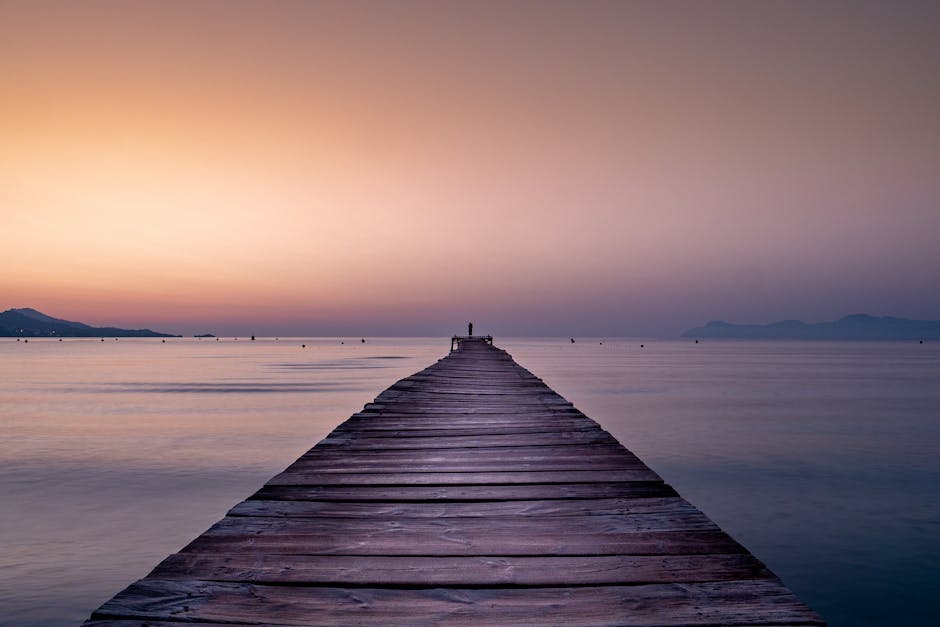Dramatic Rescues Amid Everest Blizzard
In a dramatic turn of events, more than 350 trekkers have been successfully rescued from the treacherous slopes of Mount Everest after a sudden and severe blizzard wreaked havoc on the region. However, the ordeal is far from over, as hundreds of climbers and trekkers remain stranded, battling freezing temperatures and dwindling supplies in one of the most dangerous environments on Earth.
The Blizzard’s Devastating Impact
The crisis unfolded earlier this week when an unseasonal blizzard slammed into the Everest region, catching trekkers and climbers off guard. The storm, which brought heavy snowfall, hurricane-force winds, and plummeting temperatures, has been described as one of the worst to hit the area in recent years. The extreme weather conditions have made rescue operations perilously difficult, with helicopters struggling to navigate the icy terrain and low visibility.
Rescue Efforts in Full Swing
Nepalese authorities, along with international rescue teams, have been working around the clock to evacuate those in distress. So far, over 350 trekkers have been airlifted to safety, many of whom were suffering from frostbite, hypothermia, and altitude sickness. Among the rescued were several Indian nationals, whose families have been anxiously awaiting updates.
“The conditions were brutal. We were stranded for hours, with no food, no water, and no way to communicate. We thought we wouldn’t make it,” said Ravi Sharma, a trekker from Delhi who was among the first to be rescued. His account echoes the harrowing experiences of many others who faced the wrath of the storm.
Hundreds Still Stranded in Critical Conditions
Despite the successful rescues, the situation remains critical. Hundreds of trekkers and climbers are still stranded at higher altitudes, where the blizzard’s impact has been most severe. Reports suggest that some are trapped in makeshift shelters, while others are huddled in tents, waiting for help to arrive. The Nepalese government has confirmed that rescue operations are ongoing, but the challenging weather and remote locations are slowing progress.
“We are doing everything in our power to bring everyone to safety, but the conditions are extremely difficult,” said a spokesperson for the Nepal Mountaineering Association. “Our priority is to save as many lives as possible, but we also need to ensure the safety of our rescue teams.”
Climate Change and Mountaineering Risks
The blizzard has also raised concerns about the increasing risks faced by trekkers and climbers in the Everest region. Over the years, the mountain has become a popular destination for adventure enthusiasts, but the surge in tourism has often led to overcrowding and inadequate preparation. Experts have warned that such incidents could become more frequent as climate change continues to disrupt weather patterns in the region.
“This is a wake-up call for everyone involved in mountaineering and trekking,” said Dr. Anjali Rao, a climate scientist specializing in Himalayan ecosystems. “The Himalayas are becoming increasingly unpredictable, and we need to rethink how we approach these expeditions.”
Global Support and Ongoing Efforts
As the rescue efforts continue, the global community has rallied to support those affected. Governments, NGOs, and private organizations have offered assistance, while social media has been flooded with messages of solidarity and hope. Families of the stranded trekkers are clinging to the hope that their loved ones will be brought to safety soon.
For now, the focus remains on saving lives and ensuring that no one is left behind. The blizzard-hit Everest serves as a stark reminder of the power of nature and the resilience of the human spirit. As the rescue teams brave the elements to bring the stranded to safety, the world watches and prays for a successful outcome.
Stay tuned to NextMinuteNews for the latest updates on this developing story.




